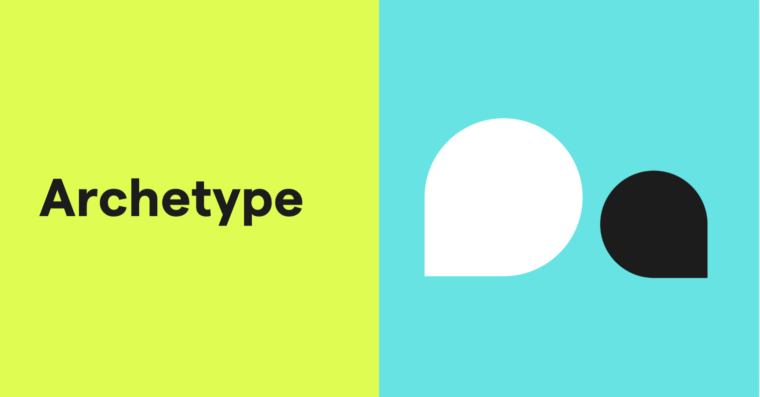
Conflicts are a central part of all stories. Whether it’s a hero fighting evil forces or forbidden lovers overcoming those who don’t want them together, literary conflict drives the plot forward and adds tension to the storyline. This makes it more exciting for the reader and raises the stakes for the protagonist and other characters.
Understanding the various conflict types used in literature can add extra excitement to your book, play, or any other story and help you analyze other pieces of literature. We’ll review the seven main types of literary conflict, describe the difference between internal and external conflict, show you how to identify conflict in literature and give tips on how to use conflict in your writing.
What are conflict types in literature?
A literary conflict is a struggle between two opposing forces, usually between the protagonist and an internal or external force, that drives the narrative forward. Various conflict types in literature illustrate the main issue and create a compelling plot or storyline for the reader.
Conflict gets your readers invested in your story. It reveals your characters’ primary motivations, shows their strengths and weaknesses, and creates tension that keeps eyeballs glued to the page. Understanding the different conflict types can help students understand the author’s underlying messages and explain some of the characters’ actions.
For writers, understanding this literary element can lead to a better story. Understanding the story you’re trying to tell allows you to refine your plot, setting, or characters to fit in with the struggle at the center of your plot.
Internal vs. external conflict
Each conflict type is either an internal or external conflict.
External conflict
An external conflict is any conflict occurring between the protagonist and an outside force. The plot focuses on the protagonist’s mission to defeat the external force, the climax between the two opposing sides, and the fallout from the protagonist’s victory or defeat. Conflict types that fall under this category include:
Internal conflict
Internal conflicts occur between the protagonist and their inner thoughts. Initially, the protagonist has a set way of thinking about something (such as love or fate) that a plot line challenges. Throughout the story, the reader sees how the inner battle is reflected through external plot points, the events that get the protagonist to change their thinking, and how it changes the world around them. Internal conflict types include person versus self and person versus fate.
The main types of conflict in literature
There are seven main types of conflict in literature. Here, we’ll review each one and provide examples found in popular media.
Person vs. person
Sometimes referred to as protagonist versus antagonist or character versus character, this is the most common conflict type and refers to any struggle between two characters. The conflict usually arises from the protagonist and antagonist having differing goals, such as a villain’s goal to destroy the world and a hero’s journey to save it. Popular examples include The Karate Kid and The Godfather.
Person vs. self
This internal conflict type shows the protagonist in a moral conflict against their beliefs or trauma. By the end of the story, the characters are changed after dealing with their issues. One of the most famous examples is Shakespeare’s Hamlet, in which the title character struggles with his desire to avenge his father and his reservations about going through with it.
Person vs. nature
This shows the protagonist in a conflict with a force of nature or a nonhuman antagonist. Examples include Moby Dick, Life of Pi, and Into the Wild.
Person vs. society
In this conflict type, we see a protagonist fight with a societal construct or tradition. Romeo and Juliet falls under this category due to the rivalry between the Montagues and Capulets. Another example is The Handmaid’s Tale, which shows the conflict between women and a patriarchal state.
Person vs. fate
A person versus fate conflict is when a protagonist struggles with their destiny or calling, such as Harry Potter coming to terms with being the only one who can defeat Voldemort throughout the series.
Person vs. supernatural
Any conflict involving humans going against ghosts, ghouls, vampires, or any otherworldly monster or spirit falls under the person versus supernatural conflict type.
Person vs. technology
The person versus technology conflict type can also be seen as person versus science. The “technology” in question doesn’t have to be computers or high-tech devices. For example, the monster in Frankenstein is the creation of a scientist, so it falls under this conflict type. Other examples include The Terminator and 2001: A Space Odyssey.
How to identify conflict in literature
Internal or external
The first step in identifying conflict in the literature is to determine whether it’s internal or external. If the protagonist is struggling against their thoughts, it’s an internal conflict. If it’s another person or thing working against the protagonist, it’s an external conflict.
Identify the opposing force
You’ll then want to identify what keeps the protagonist from achieving their goal. For external conflict, this means looking at whether the opposing force is another character (person versus person), a social construct (person versus society), or something else (person versus supernatural, person versus nature, and person versus technology).
The two internal conflicts, person versus self and person versus fate, may seem similar at first since both deal with the struggle mostly occurring inside the protagonist’s head or heart. An easy way to find the difference is by looking at the plot structure.
A person versus fate conflict will have some type of call to action or a time in which the main character is called to accept (or not) their fate. A person versus self literary conflict deals with a protagonist’s deeply held beliefs being challenged by something that takes place in the storyline.
Consider the theme
Readers can also examine a book’s themes, which often connect with the main conflict. For example, a person versus technology conflict could include other stories or mentions of technology’s impact on humans.
Using conflict in your writing
Crafting conflict in your story helps drive your storyline forward, and it can also help give more depth to your characters and plot. Here are some tips for using conflict in your writing.
Find a conflict that fits your theme: Pick one that matches your story. It should fit the setting and be relevant to the characters.
Make it clear: Make sure the reader can easily tell the main conflict between the protagonist and the antagonizing force, whether internal or external.
Don’t overcomplicate it: While having more than one conflict is OK, you’ll want to make sure they don’t overshadow or complicate the central conflict.
Don’t make it too easy: Don’t make your conflict one that your character can easily overcome. Nobody wants to read about an easy challenge.
Conflict types FAQs
What are the 7 main types of conflict in literature?
The seven main types of conflict in literature are person versus person, person versus self, person versus nature, person versus technology, person versus supernatural, person versus fate, and person versus society.
Can a story have more than one type of conflict?
Yes, a story can have more than one type of conflict. That said, there should be a central conflict that helps drive the narrative forward. The other conflict types can be used to show how the characters resolve the primary conflict.
How can I identify the type of conflict in a story?
To identify the type of conflict in a story, first identify whether the thing getting in the way of a protagonist achieving their goals is inside their heart or mind (an internal conflict), or if it’s a separate person or thing (external conflict). Then, look at the moments of opposition or tension. The antagonizing force will help you identify what type of literary conflict is being used.
What is the difference between internal and external conflict?
An internal conflict takes place inside the protagonist’s head or heart, such as Hamlet’s conflict over whether to avenge his father by killing his uncle. An external conflict occurs between the protagonist and another person or thing.






